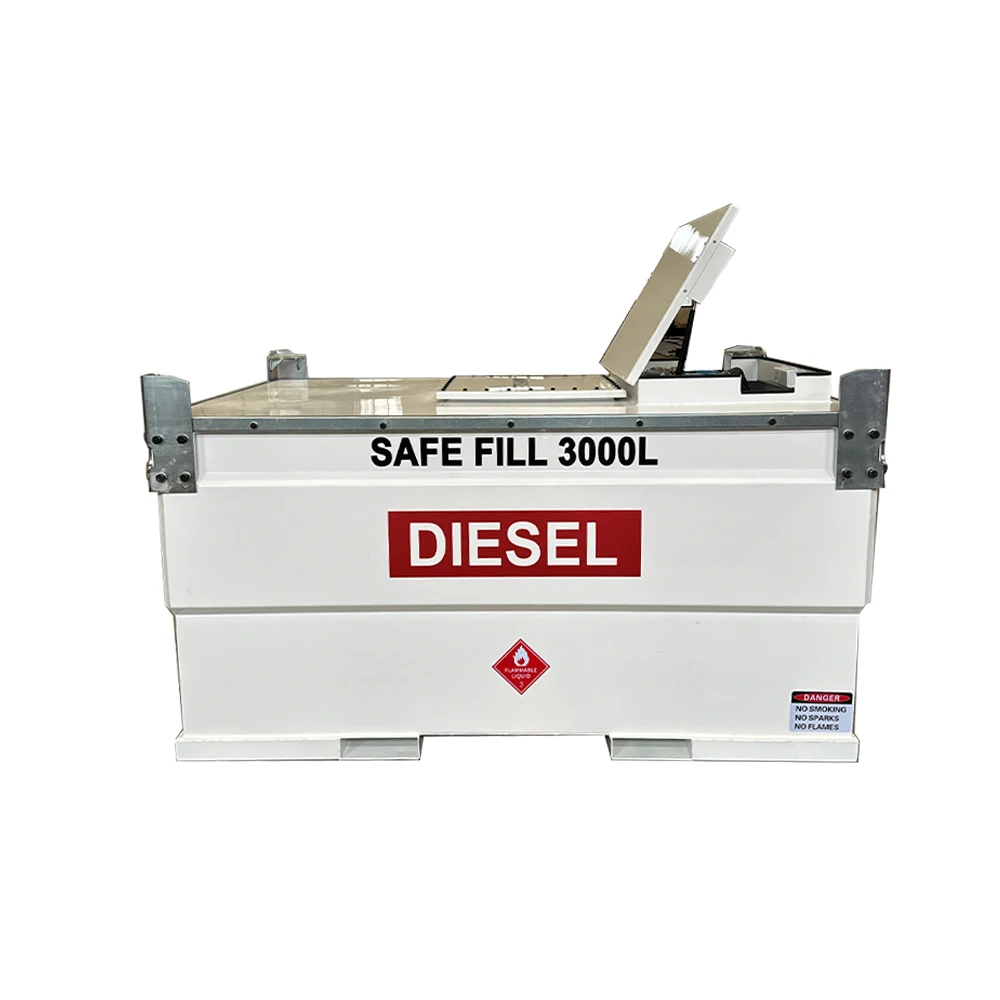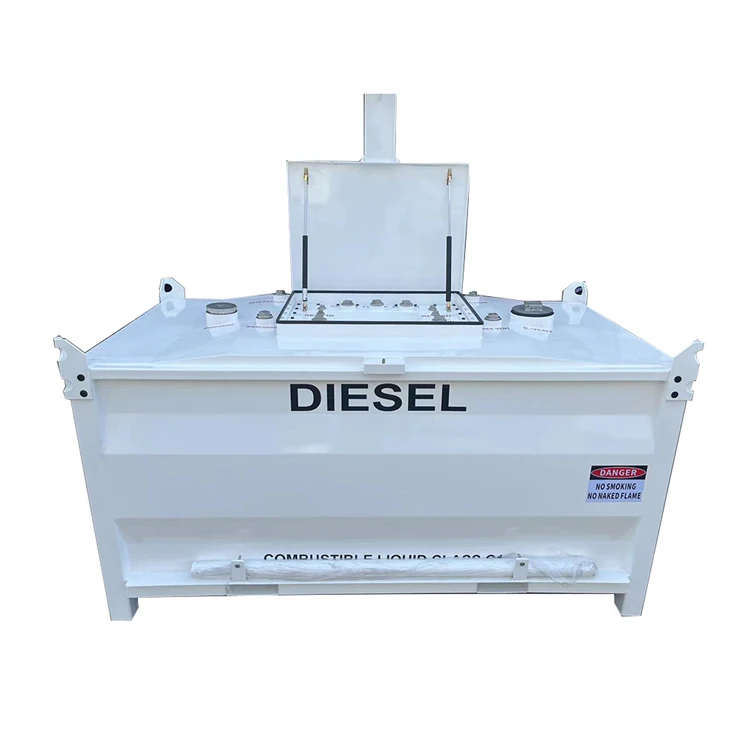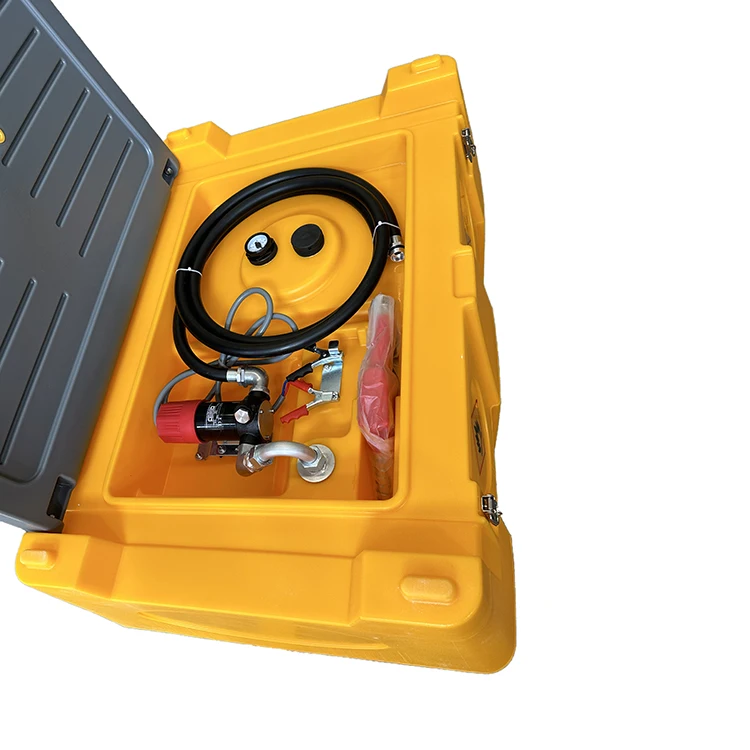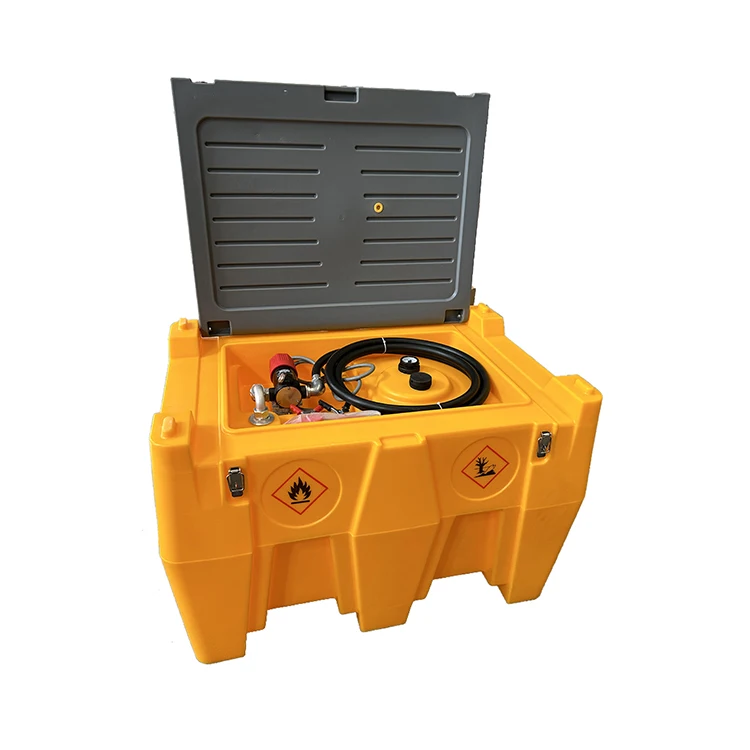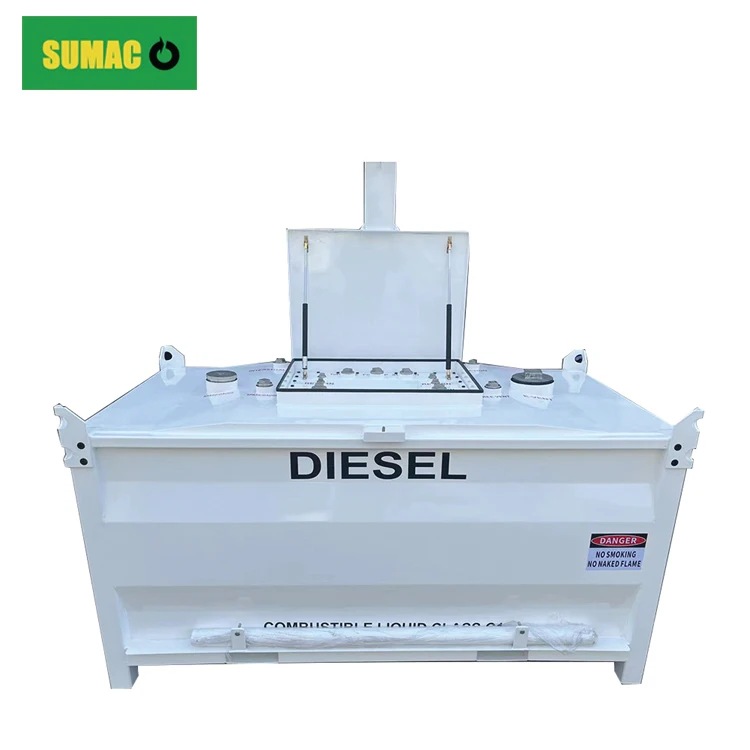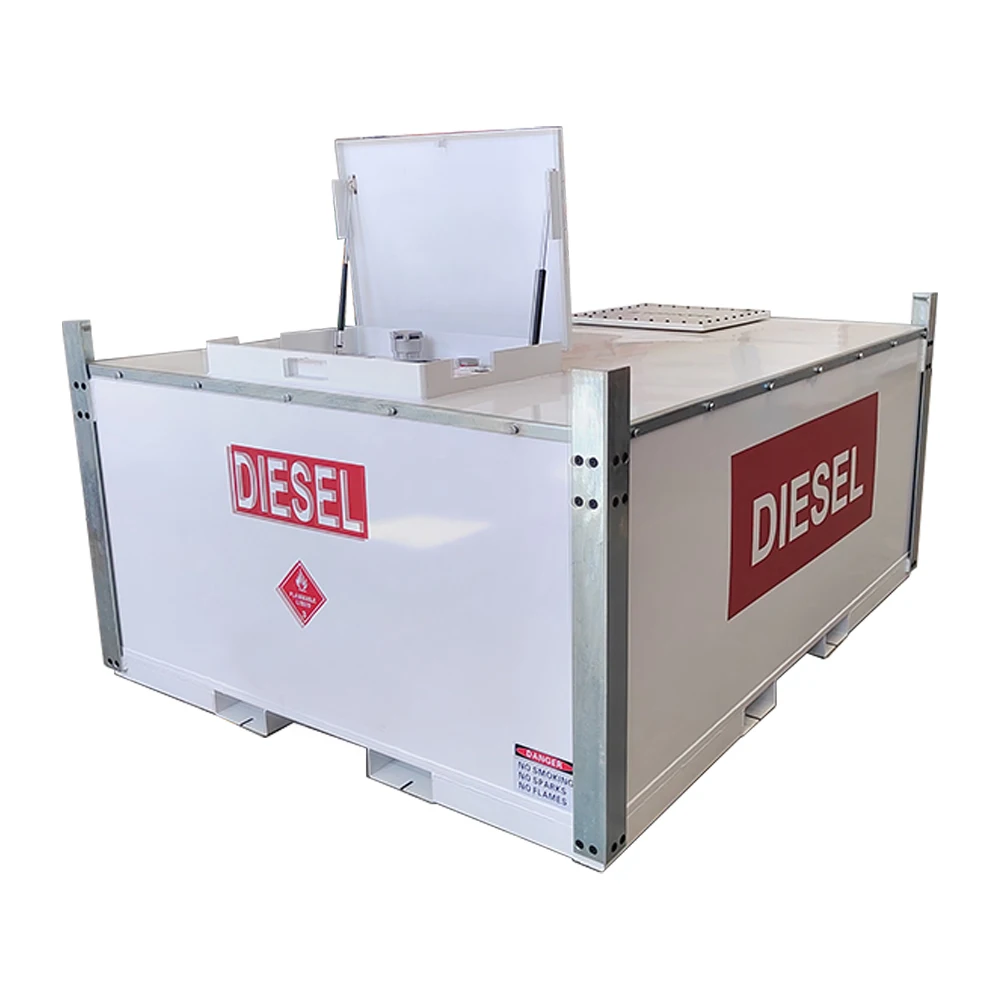Fuel transfer cube tank
Fuel transfer cube tanks for diesel and gasoline are specialized containers designed for the storage and transportation of diesel and gasoline. The following presents a detailed account:
Features
Portability: Many fuel transfer cube tanks are equipped with 4-way forklift pockets, facilitating easy movement when empty. Some are also stackable when empty, which helps save storage space.
Safety Design: Double-walled fuel transfer cube tanks have an extra layer of protection. They usually have a 110% containment design, which means they can hold all the fuel even if the inner tank leaks, eliminating the need for spill pans and enhancing environmental safety. They are often UL 142 approved, indicating compliance with safety standards.
Versatility: They can be used in various settings, including construction sites, agricultural fields, disaster-stricken areas, and event sites. They can supply fuel to different equipment and vehicles, providing a reliable energy source on-site.
Lockable Cabinets: These tanks are equipped with lockable cabinets to secure equipment and ports. Some also have hose access, allowing for fueling even when the cabinet is locked, which enhances security and convenience.
Capacity and Sizes
Small to Medium Capacity: Common small to medium-sized fuel transfer cube tanks include 119-gallon and 243-gallon models. For example, the Western Global FuelCube type-S 119-gallon tank is available with a 12V/15 gpm diesel pump kit.
Medium to Large Capacity: There are also larger ones like the 528-gallon, 1016-gallon, and 1852-gallon versions. The 528-gallon FuelCube can be equipped with a 12V/15 gpm diesel pump kit or an 115V/12 gpm gasoline pump kit.
Applications
On-site Refueling: They are often used in construction sites to provide fuel for construction machinery such as excavators, loaders, and generators, ensuring continuous operation. Agricultural farms also use them to refuel tractors and other agricultural equipment.
Fleet Refueling: For companies with vehicle fleets, fuel transfer cube tanks can be placed at depots or bases to refuel trucks, buses, and other vehicles, improving refueling efficiency and reducing the need to visit gas stations.
Emergency Response: In disaster-stricken areas, fuel transfer cube tanks can store and supply diesel and gasoline for emergency power generation equipment, rescue vehicles, and communication equipment, playing a crucial role in disaster relief and recovery.
Installation and Maintenance
Installation: The installation of fuel transfer cube tanks is relatively simple. Stationary tanks can be placed in suitable locations and connected to the necessary fuel supply systems. Transportable tanks can be easily moved and installed as needed.
Maintenance: Routine maintenance is required to ensure the proper functioning of fuel transfer cube tanks. This includes checking for leaks, inspecting the condition of the pumps, hoses, and valves, and cleaning the tanks regularly. Some tanks have removable inner tanks for easy maintenance and inspection
https://www.sumachine.com/
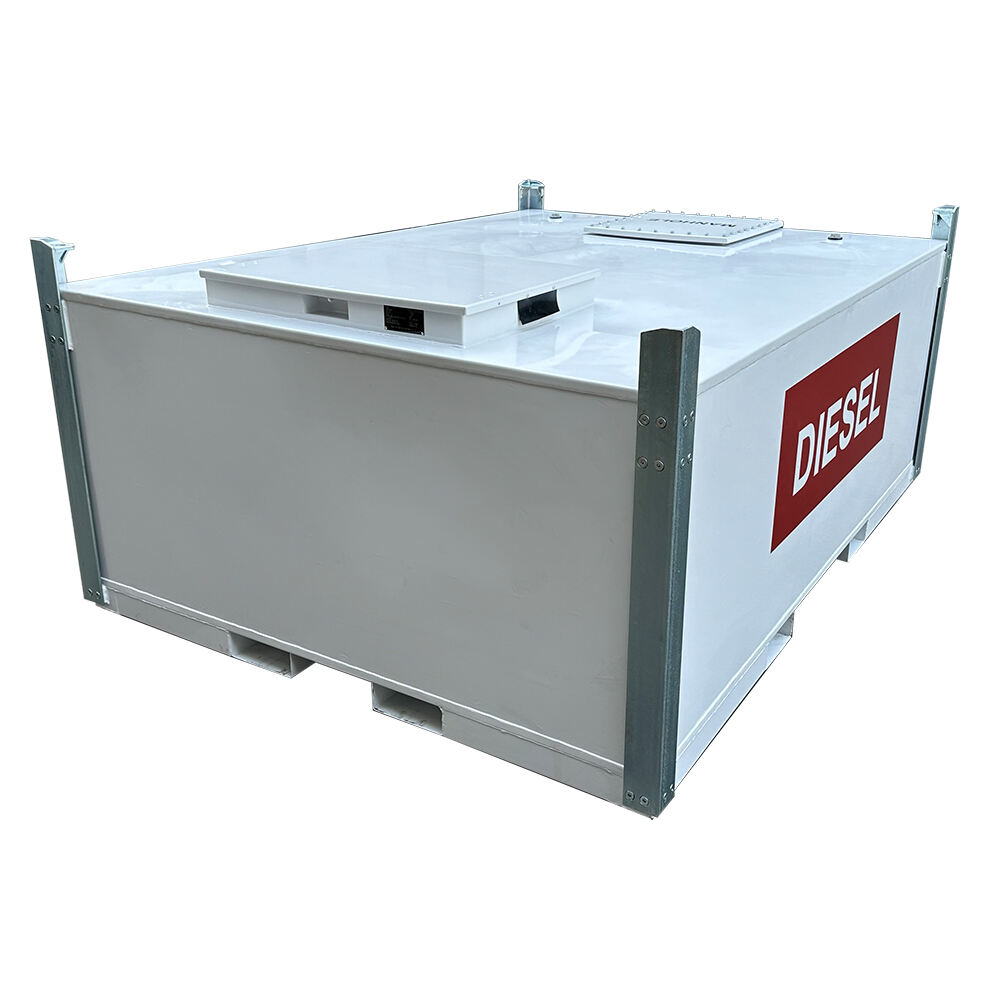
Recommended Products
Hot News
-
Double wall portable diesel gasoline cube tank with pump sale for Mauritius
2024-11-11
-
Double Walled Portable Fuel TransferCube Tank Ship To Spain
2024-11-07
-
Shipping of portable aviation fuel tank with pump
2024-10-12
-
Carbon steel diesel fuel cube tank ship to USA
2024-11-14
-
Carbon steel cube tank with pump
2024-11-13
-
Fuel Transfer Tank Cube Stationary Double Walled Diesel Storage Tank Sale For Spain
2024-11-06
-
251 US Gallon 552 Gallon Fuel Cube Transfer Tank Sale For USA
2024-11-05
-
251-2000 Gallon Fuel Cube Transfer Tank Sale For Grenada
2024-11-01
-
552 Gallon portable fuel dispenser with tank sale for USA
2024-10-30
-
Mobile fuel tank with pump sale for Spain
2024-10-22
 EN
EN
 AR
AR
 BG
BG
 HR
HR
 CS
CS
 DA
DA
 NL
NL
 FI
FI
 FR
FR
 DE
DE
 EL
EL
 IT
IT
 JA
JA
 KO
KO
 NO
NO
 PL
PL
 PT
PT
 RO
RO
 RU
RU
 ES
ES
 SV
SV
 TL
TL
 ID
ID
 LT
LT
 SR
SR
 SK
SK
 SL
SL
 UK
UK
 VI
VI
 HU
HU
 TH
TH
 TR
TR
 MS
MS
 GA
GA
 IS
IS
 KA
KA
 HT
HT
 KK
KK
 UZ
UZ


